Adding houseplants to your home isn’t just about aesthetics; many plants also help improve indoor air quality by boosting oxygen levels and filtering out toxins. Here are eight houseplants that are particularly effective at enhancing the air you breathe.
Spider Plant

The spider plant, known for its narrow leaves and small plantlets on trailing stems, is a popular choice for improving indoor air quality. These plantlets, which resemble spiders, are not only visually appealing but also contribute to the plant’s air-purifying abilities. According to the University of Wisconsin-Madison Extension, spider plants are excellent at removing pollutants and can thrive in a variety of lighting conditions, making them a versatile addition to any room.
Peace Lily
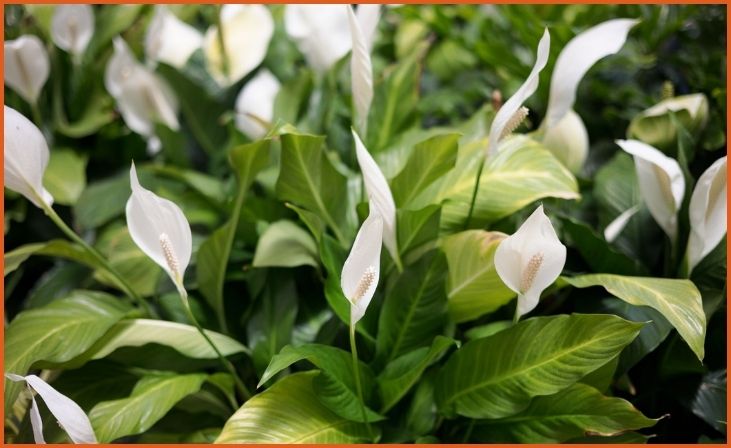
Peace lilies are renowned for their ability to thrive in low light and their large, elegant white blooms. As reported by MiracleGro, these plants are perfect for shaded locations and require minimal maintenance. Peace lilies are effective at removing toxins such as formaldehyde and benzene from the air. Their ability to grow in low-light environments makes them ideal for indoor spaces, where they can enhance air quality and add a touch of beauty.
Rubber Plants
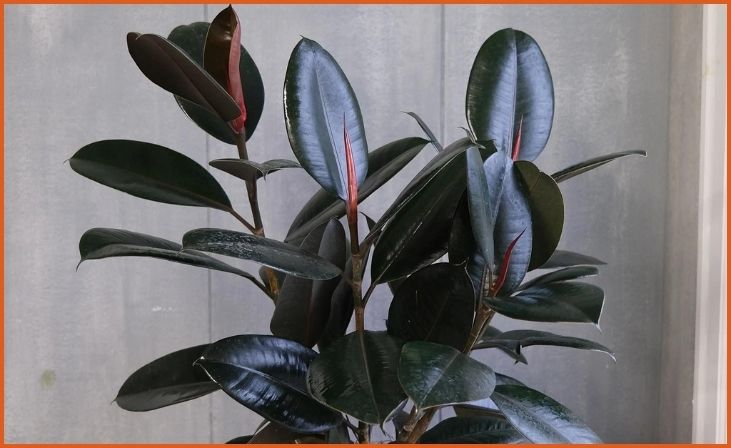
Rubber plants are known for their ease of care and air-purifying properties. The Sill notes that they only need weekly watering and are effective at filtering indoor air. However, it’s important to keep them away from pets and small children, as they can be harmful if ingested. Their large, glossy leaves not only contribute to improved air quality but also add a striking element to your home decor.
Elephant Ear Plants
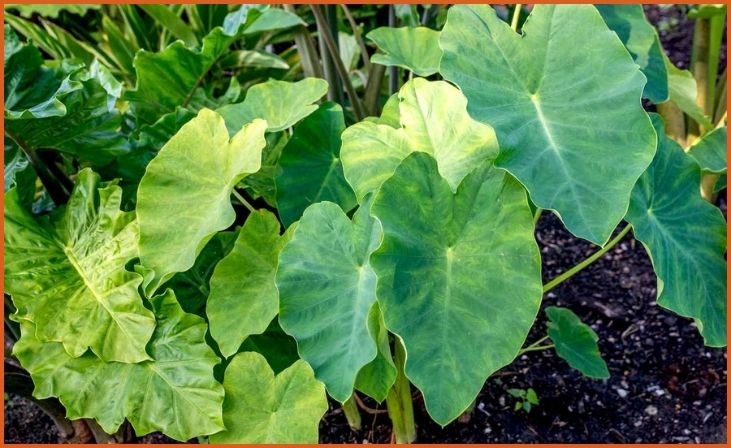
Elephant ear plants, with their large, dramatic leaves, require strong sunlight and regular watering to keep their soil moist. In tropical climates, the starchy tubers of certain species are a dietary staple. These plants are effective at increasing humidity and oxygen levels in the home, making them a great choice for bright spaces. Their size and lush foliage can also create a tropical ambiance in your living environment.
Snake Plants
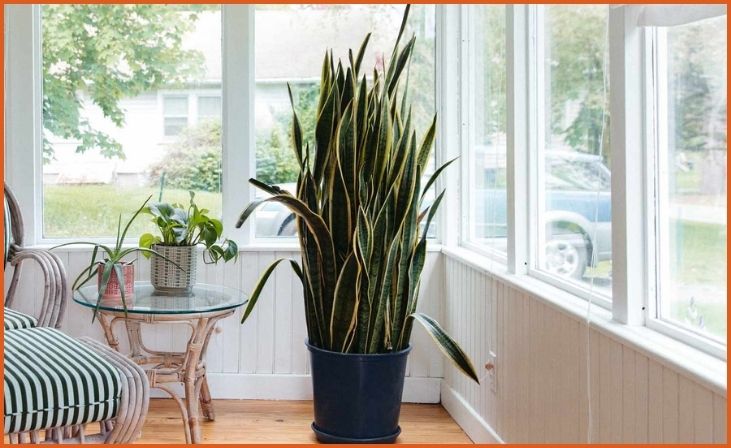
Snake plants, or mother-in-law’s tongues, are known for their upright, vertical leaves and minimal care requirements. They thrive in low light and only need water when the soil is dry. According to the plant’s characteristics, they are excellent for filtering air pollutants and improving oxygen levels. Snake plants are also known for their durability and adaptability, making them a perfect choice for busy households.
Ferns

Ferns are fast-growing plants that look stunning in hanging baskets or on plant stands. They prefer medium bright light and consistently moist soil. Their ability to release moisture into the air helps boost indoor humidity, which can enhance overall air quality. Though they may require a bit more care to maintain their moisture levels, ferns offer a lush, green aesthetic and contribute significantly to a healthier indoor environment.
Pothos

Pothos plants are well-suited for low-light conditions and infrequent watering, making them an easy-to-care-for option. Research indicates that pothos can help reduce indoor ozone levels and remove volatile organic compounds (VOCs) from the air. Their trailing vines and heart-shaped leaves add a touch of elegance to any room while contributing to cleaner, fresher air.
English Ivy
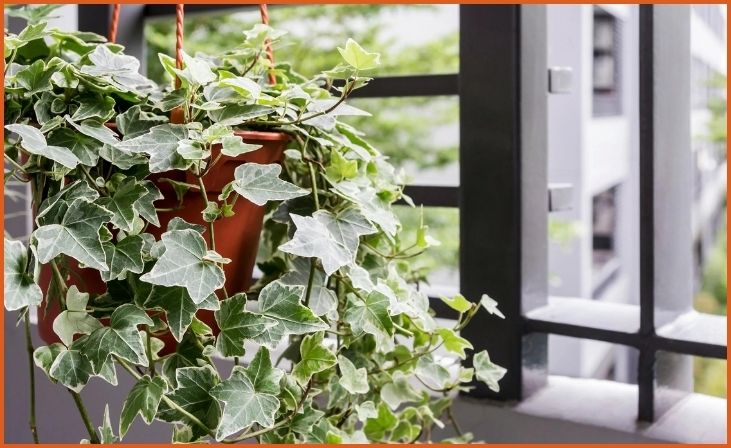
English ivy, or Hedera helix, is a versatile plant known for its air-purifying abilities. It has been shown to reduce levels of carbon dioxide, formaldehyde, and other toxins in the air. English ivy can be grown both indoors and outdoors, making it a flexible choice for various settings. Its trailing vines and adaptable nature make it an attractive and functional addition to any space, improving air quality and adding a touch of greenery.



